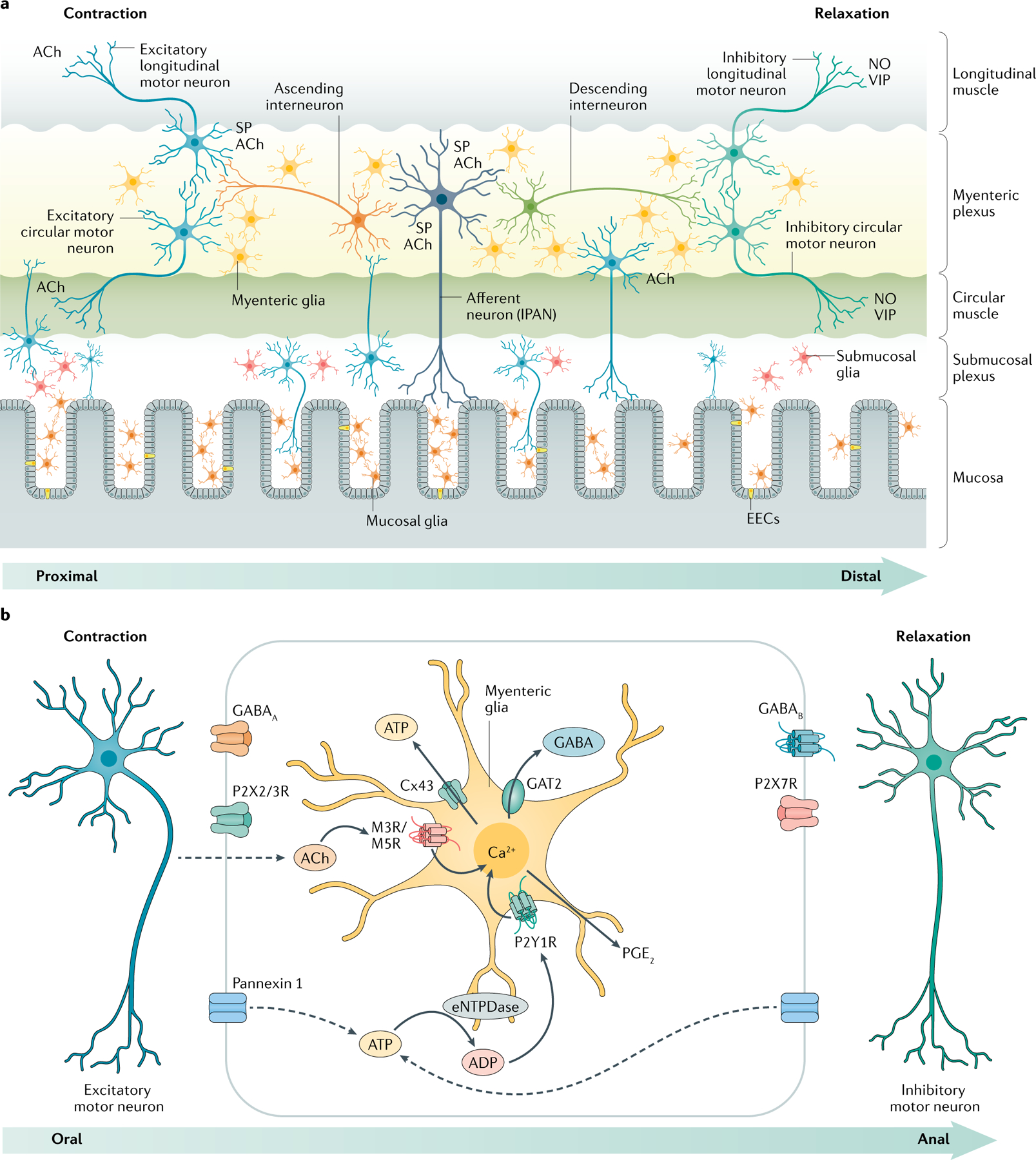Fig. 3 |. Mechanisms of bidirectional communication between enteric neurons and glia in enteric circuits.

a | Enteric glia surround neurons in the myenteric and submucosal plexuses and are associated with nerve fibres in the mucosa. b | Glial Ca2+ responses are evoked in the myenteric plexus by neurotransmitters such as acetylcholine (ACh) and ATP, which, in turn, induce the release of gliotransmitters such as ATP and GABA through membrane channels composed of connexin 43 (Cx43) and/or through the reversal of neurotransmitter transporters (such as GABA transporter 2 or GAT2). These gliotransmitters act on receptors expressed by excitatory and inhibitory neurons to exert reciprocal effects on enteric neural circuits that control the intestinal motility. EEC, enteroendocrine cells; eNTPDase, ectonucleoside triphosphate diphosphohydrolase 2; NO, nitric oxide; SP, substance P; VIP, vasoactive intestinal peptide.
